#ThinkpieceThursday – Crafting Characters In Documentaries
Thinkpiece Thursday
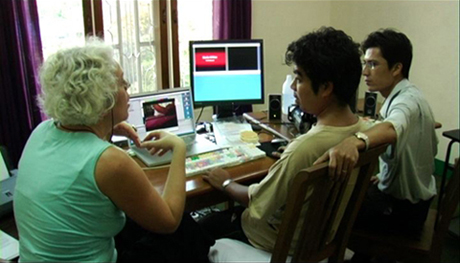 You may think, as a writer or just someone who enjoys watching Documentaries on TV and at the Cinema, that because they are non-fiction that no effort is required to create characters. This couldn’t be further from the truth – Documentaries don’t work, even though there is automatically a story to be told unless the Director and Editor can craft compelling characters out of the story presented to them, and the footage they shoot.
You may think, as a writer or just someone who enjoys watching Documentaries on TV and at the Cinema, that because they are non-fiction that no effort is required to create characters. This couldn’t be further from the truth – Documentaries don’t work, even though there is automatically a story to be told unless the Director and Editor can craft compelling characters out of the story presented to them, and the footage they shoot.
How to find the Character
Once a Documentary has finished shooting, there are hours and hours of footage to go through. This is where the character is created, as opposed to on a page before the cameras even start rolling. There is an element of creating the character during filming when a director decides what angles to shoot their subject at, or when to film them during their day-to-day activities or in an interview. But it all comes down to the edit suite.
The key is to pick the moments in the life and clips that reinforce what you think is most true about the character; you have to decide what the essence of the subject is and find the moments that will strengthen that and don’t confuse things. Real lives are messy and inconsistent, but they can’t afford to be shown in the same way in a Documentary, or you immediately betray your character, and your audience will remain unengaged.
Tying Character to Subject matter
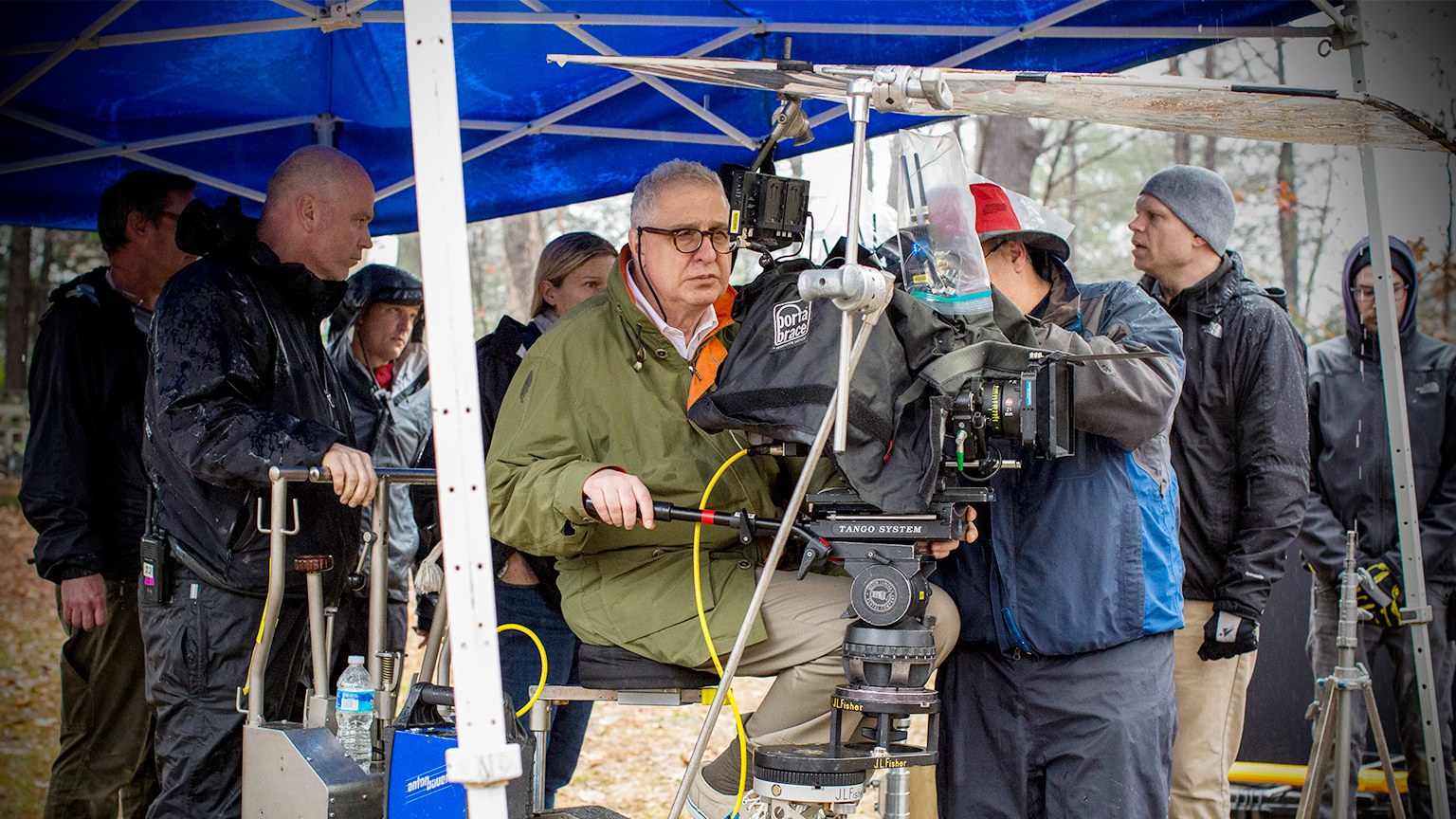

Make sure the actions and dialog of the characters you include in the documentary relate directly to the theme or subject of your documentary. What we see of your character should demonstrate the worldview that they have. When your selected footage shows the audience how your character sees the world, then you’ve got a character as good as any that you could create yourself.
If your documentary is trying to make a point, you need to ensure your subjects either make that point for you, or at least are edited to reinforce your point- for example, if there is some injustice your documentary is trying to combat, make sure we see the effect the injustice has on your characters. If you’re trying to tell a story about one particular figure, make sure you present to the audience exactly why this figure is interesting enough to dedicate an entire documentary to. No matter how good your documentary, it will be nowhere near as good if you don’t tie your subject directly to the subject matter.
Examples
Here are a few great examples of Documentaries that craft characters effectively. I’ll try not to go into too much detail, so I don’t spoil them for you! All are well worth watching as exercises in how to craft characters in non-fiction stories.
The Imposter
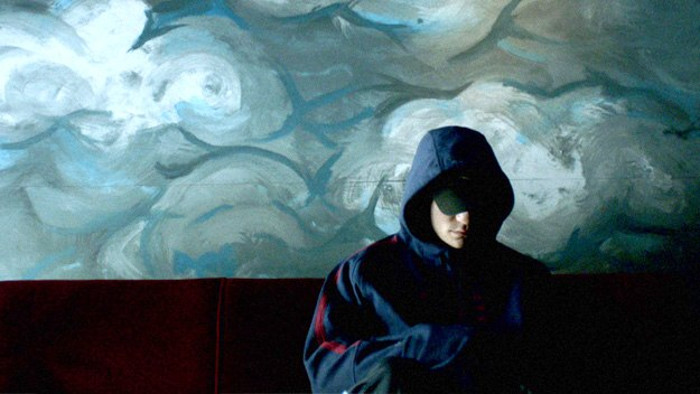

The documentary is all about questioning what is real or not, and the documentary is shaped around Frédéric’s testimony. Every second he is on screen, it feels like his performing. We never see him act naturally, as though he is a flawed individual. He is shown to be always putting on a front, and the mystery of what is behind that is what grips the audience throughout.
Tickled
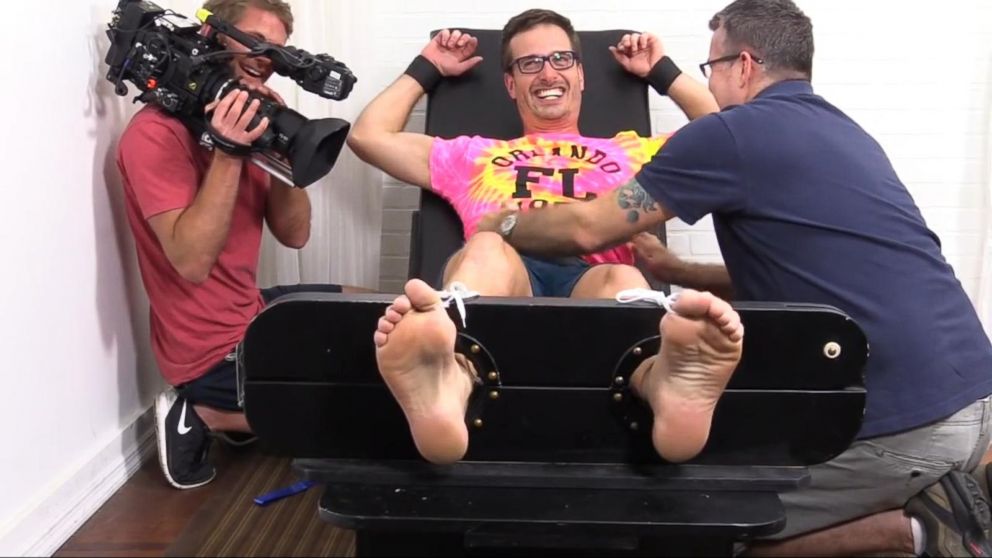

Every single figure in the documentary, apart from director and presenter David Farrier, is only shown in relation to the central figure at the top of the conspiracy. Not only does it make their eventual appearance all the more impactful, but effectively demonstrates the reach that they have, and the lives that have been ruined by interacting with them- very much a Power of Will character.
By the end of the documentary, the only character we are genuinely interested in is the person behind the tickling conspiracy that spans decades and continents. This was a deliberate creative decision because they are by far the most engaging subject in the documentary. Nobody else is defined outside of their relation to the mysterious central subject, so all our attention is kept on that central subject.
Catfish
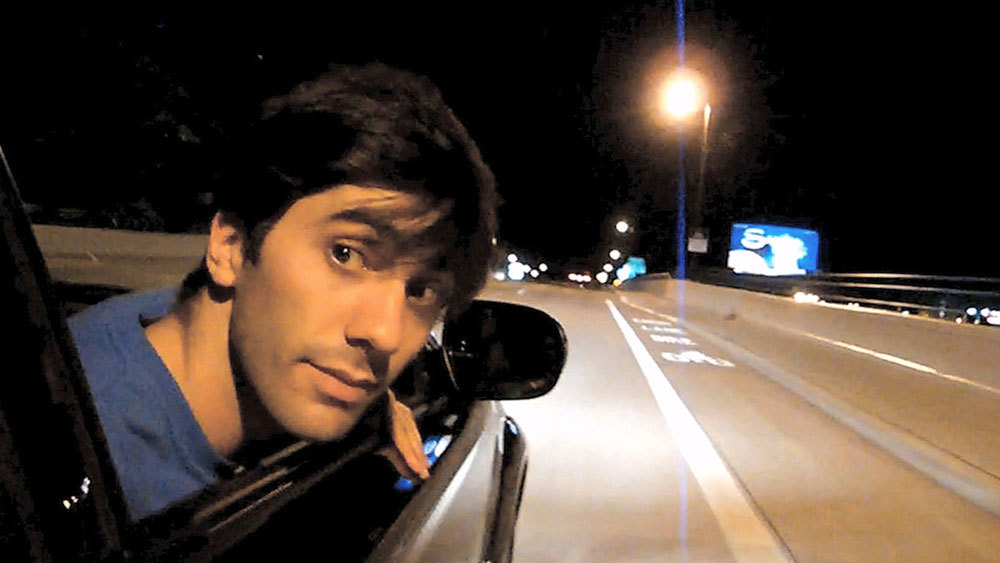

Megan is mainly offscreen as Nev takes the viewer on a journey, so we begin by experiencing his lust, curiosity, disappointment, and excitement (not necessarily in that order) and finish by learning about Megan’s needs and wants. The documentary only shows us Nev in relation to what he wants and needs from Megan, so all we are focused on is who he is as Megan’s lover, not as a three-dimensional person.
Both subjects are trying to find love and to be loved by another, and the documentary is successful at showing those desires by focusing exclusively on the lengths both characters go to be with one another.
Tickling Giants
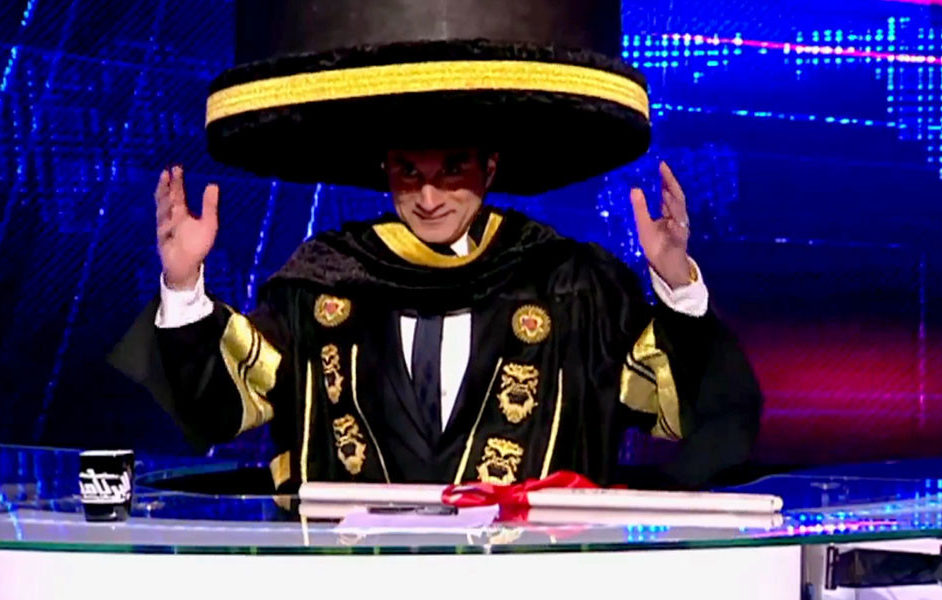

Youssef is shown to be reckless in pursuit of satire, standing up to his country’s leaders no matter the cost to those he loves. Even when he is with his parents, wife, children, and friends, anything he says or does is concerning his show. He cares for his staff, who also feature, but all of them are presented in the same way as Bassem – calling out those in power for what they do to the people of Egypt.
By focusing on Bassem’s show, as opposed to just Bassem, Tickling Giants successfully shows the viewer what satire means to the subjects of the documentary, and what it stands for in a country like Egypt. The show that the subjects have created is bigger than any single one of them, which is a point Bassem constantly raises both through his narration and to everyone he interacts with in the film.
Exit Through The Gift Shop
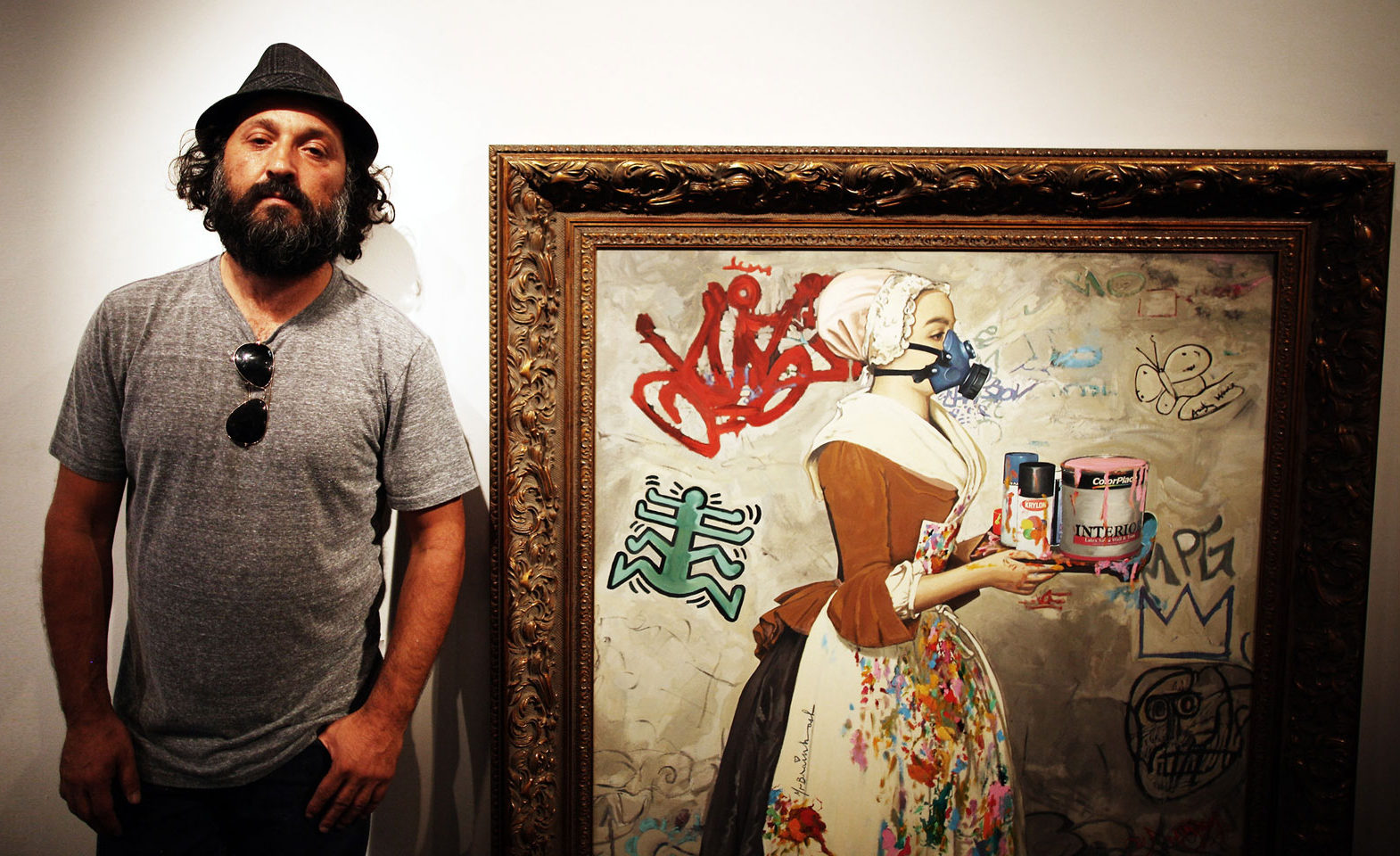

Mister Brainwash is such a larger-than-life, Power of Excitement character that the viewer forgets that the documentary is meant to be about Banksy- a shrewd move by a man who wants to be left alone so people will just focus on his art and not the artist behind them.
Exit Through The Gift Shop is ultimately about whether there is any point to art, and whether something with no thought behind it can be called art. Mister Brainwash hilariously proves Banksy’s thesis right. By focusing entirely on a subject who distracts from the intended subject of the documentary, the viewer becomes more interested in the themes of the film and less on the figure who is directing.
Banksy is the documentary’s starting point, but he wisely takes control of the film’s narrative, so Mister Brainwash becomes our guide to the stupidity behind much of modern art. He is a character who is all style and no substance, so it is left to the viewer to decide whether he can be called an artist in the same way as Banksy is perceived to be an artist. This documentary is the ultimate act of self-deprecation.
Call Me Lucky
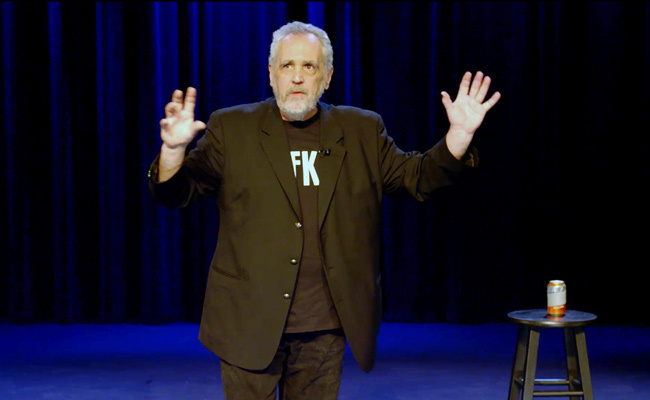

He is portrayed as a survivor and a victim, and this is the motivation that drives his moral crusade and successful activism (as to what he is crusading against, you’ll have to watch the documentary to find out- no spoilers here!)
Barry Crimmins is a Power of Conscience character, who operates by his own rules. This leads him to self-destructive behaviour early on, but once he finds a purpose to direct his unique moral code and brand of justice towards, he begins to heal as a person. The film always shows Barry in relation to his activism- whether being interviewed, portrayed in archive footage or talked about by other people, he only has justice on his mind. This documentary is about justice, and has a thoroughly likeable central subject to keep the audience engaged with the justice that needs to prevail.
Video Essay
This excellent video essay describes why The Imposter is so effective in its crafting of a character. Fair warning, it spoils the entire film, so go and watch it first!
SaveSave
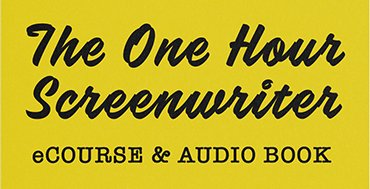



Create a visual map for a character’s emotional journey. Pull stories from character rather from rote story structure beats. Some of the largest international media companies, use this in story and character development.


A clear concise guide for writers and producers to have by their side as they embark on a project. It gives a really vital reminder of what is key for story success.

No comment yet, add your voice below!